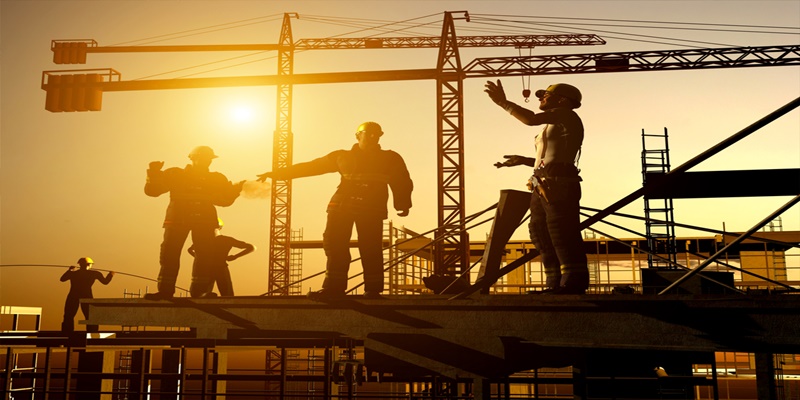Are South African Building Owners Taking EPC Seriously?

The three-year extension gazetted this week, with 7 December 2025 confirmed as the new deadline for the mandatory display of an Energy Performance Certificate (EPC) on all relevant building classes in South Africa, offers some reprieve. However, there’s no time to waste and property owners and building managers must do more to ensure they do not contravene legislation. This is according to WSP in Africa who feels that formalising sustainability practices and standards locally have reached a tipping point.
“For too long, driving sustainability and increased efficiency have been given lip service by many property owners. However, those who are found to be non-compliant with the EPC regulation could be liable for a fine not exceeding R5 million, imprisonment for a period not exceeding five years, or both. Of course, how strictly this will be enforced remains to be seen, but the consequences could be significant,” says Alison Groves, Regional Director for WSP in Africa.
More must be done in the country to increase awareness of the need to be more sustainable especially given government’s focus on decarbonisation and achieving Net Zero emissions by 2050 as part of The Paris Agreement.
While many large corporates have adopted ESG (environment, social, and corporate governance) practices as a core part of their financial reporting deliverables, smaller companies who form the bulk of the economic landscape in the country see no perceived value in doing so.
“The EPC process could herald the start of a momentum shift in the country. The UK has been doing this kind of certification for well over a decade resulting in a greater awareness of energy efficiency. For example, you cannot transfer property in the UK if the building has less than a B rating. Considering that A is the most efficient rating possible and G the least efficient rating, this is significant. As a first step, local property owners could be embarrassed by having to display a poor rating and will be inspired to work towards improving the energy efficiency of a building,” Groves says.
While a lot of work still needs to be done in South Africa to instil a culture of sustainability and energy efficiency, the EPC is certainly a step in the right direction. Of course, improving the energy performance of existing buildings through retrofits and designing more efficient buildings from the ground up will only truly yield the desired results if user behaviour changes in the country.
“Having an A rating means very little if tenants do not act responsibly around their own energy usages. Fortunately, we have seen that people are receptive to this and certainly understand the importance of being more energy efficient especially given the continuous rolling blackouts taking place. However, there is still a great need for education and awareness campaigns especially when it comes to EPCs and sustainability in the local market,” adds Groves.
The challenge comes in around misconceptions when it comes to decarbonisation and Net Zero. The former refers to the deep removal of carbon from all stages of the building process. For example, the design of the building, and the materials used like the concrete, steel, and so on. Once the building has been completed, there is nothing to be done about decarbonation. Furthermore, it is critically important to promote locally sourced materials for the economy to grow.
For its part, Net Zero typically refers to just the operational carbon. For example, is the electricity being generated through coal or renewables?
“We are fortunate in South Africa that the country is manufacturing a lot of the materials required for construction. Using these materials that align to decarbonisation efforts will have a significant positive socio-economic impact. The challenge comes in to determine what carbon is in materials. This is a long and arduous process where every country has unique requirements and needs,” Groves concludes.
Courtesy: WSP
WSP provides engineering and design services to clients in the Transportation & Infrastructure, Property & Buildings, Environment, Power & Energy, Resources and Industry sectors, as well as offering strategic advisory services.
